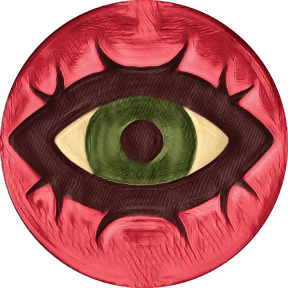"Things are transformed one into another according to necessity,
and render justice to one another
according to the order of time.”
-Anaximader the Greek
Before clocks, watches, and cell phones people had other means of observing the passage of time. The Gregorian calendar is used around the world as a standard civil calendar and it is a “solar” calendar based on the Earth’s rotation around the sun.
The use of astronomical movement as the bases of time keeping has ancient roots. Long ago many cultures used lunisolar calendars that observed the phases of the moon and the seasonal cycle, based on the tropical year (about 365.24 days), around the sun.
Beyond observing the Sun and Moon, people have had many other means of engaging with the cycles of time. Festivals and holy days are one such means. Festivals and ritual celebrations that coincide with astronomical events such as the solstices attune us to the motion of the time-space continuum we exist within. These are times when we acknowledge that our landscape is changing and offers us an opportunity to engage with that change and adjust our relationship with. An example is how we know that certain seasonal changes are signals to either plant, harvest, or cultivate gardens and crops.
La festa di San Giovanni or Saint John’s Day happens at the solstice (June 24) and the plant named him just so happens to blooming right now in the locations from where his feast day emerged. This plant named for him and for the Titan Sun god Hyperion and his son Helios; Saint Johnswort/Iperico/Hypericum.
The summer solstice is a time of two main elements: fire and water. We see both fire and water festivals and rituals being performed during this time in the Mediterranean.
In the Calabrian village where my grandfather grew there is a sun dial. When he lived there that was the way that people kept track of time. That and the church bells that rang periodically (and still do) throughout the day. But it didn’t ring to indicate the hour like it does now, it rang to let the village know it was time for specific daily activities such as work time, lunch, mass, and so on.
The most wondrous things about sundials, to me, is that when the sun goes down, there is no more keeping of time. Imagine the relief of having a daily respite from the clock where one can become re-immersed in timelessness.
Also in Calabria, as well as many other places in the region, calendar dolls were used to engage with time and seasonal shifts. I use the word “engage” because participating in a tactile and symbolic object such as a doll brings us into direct communion with it’s meaning and that meaning holds the energetic imprint of the continuous, physical motion of creation as it exists in this dimension of reality. This embodies us within ecological and other life cycles.
One such of these dolls are called Corajisime or Calabrian calendar dolls. These dolls are one example of how people not only kept time but also interacted with it, how people defined it based on their life places and their connection with the spirits and land cycles.
Here are two of our guest teachers, Andrea Bressi and Victoria Haf from Calabria, for our 9 month course “Della Medicina” teaching about how to make these very special time keepers:
Time-keeping, calendars, ritual celebrations are all part of our cultural inheritance. The way we keep time now emerged from the way people kept time in the past. Even if it has been contrived and made rigid. Before that it was something more attuned to the current of the eternal.
Andrea and Victoria will be returning to share about Corajìsime dolls for our next cohort of DELLA MEDICINA.
DELLA MEDICINA is 9 months of moving through the cycles of time with Italian and Italian American folk medicine
This course includes one on one support, group counsel, practicums, and live teaching transmissions. Italian folk medicine + guidance that nurtures collective accountability and growth within a steady space of sacred support.
EARLY BIRD PRICING AVAILABLE NOW UNTIL JULY 15!








